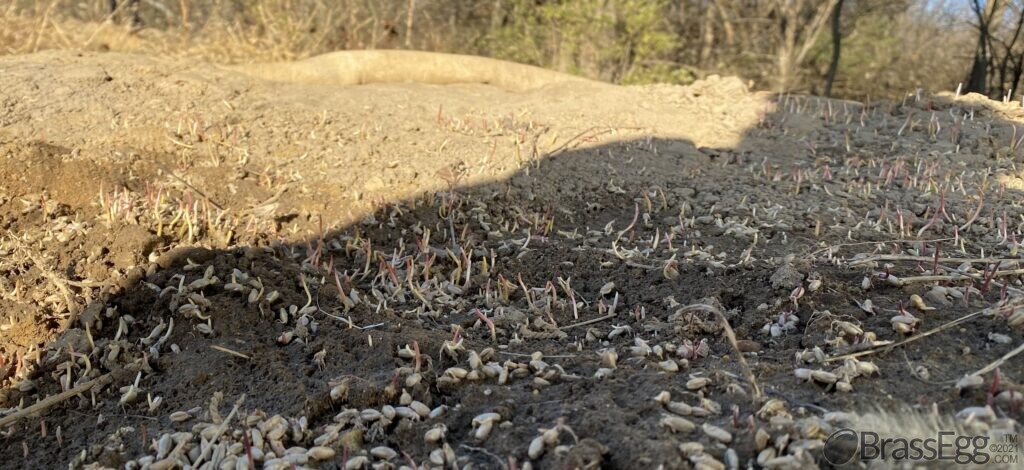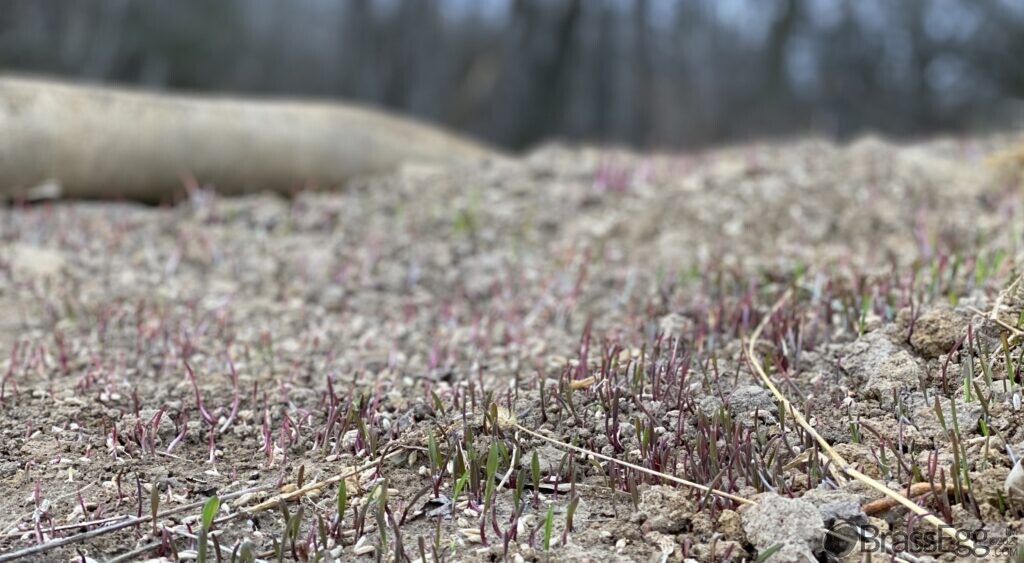Please note that I am not a medical doctor. What follows is simply my personal experience and does not represent medical advice. The iWalk 2.0 manufacturer notes several times that you need to have a certain level of strength and balance to safely use the iWalk 2.0.
I broke my leg below the calf at my greenhouse when it was under construction. Things happen during construction, but I never hurt myself too badly while putting a floor in that greenhouse, flipping a little bungalow across town or while building my kids a treehouse. I would have expected to break something while doing those things. One might even say I would have deserved it. But no, I broke my leg just slipping in construction site clay after a rainstorm. I had to take a photo with flash because it was 9:30 at night and I couldn’t see what my ankle looked like. It only looked a little swollen, but the pop it made when I landed and the pain let me know it was broken. I had to crawl on my hands and knees into the greenhouse to reach my phone. I was covered in mud.

It gets worse though. My husband was out of state, my son wasn’t old enough to drive and I couldn’t get my closest friend on the phone. I had to call 911 for an ambulance. Then it gets even worse. The heavy rain had made the construction site a huge clay slip and slide. They sent a County Deputy in to locate me. He amazingly CARRIED me a football field length with very little traction from the Greenhouse far enough up the hill that the EMTs could reach me.

I had to have surgery to reattach the fibula to the tibula, put a metal plate in, and reattach a tendon. It looks like deck screws holding me together. Because of the torn tendon I wasn’t able to even put my toe down to balance myself. Absolutely no weight bearing. After a month of crutches my left hip, knee and ankle were beginning to ache at night. Oddly, my right leg and hip was also beginning to ache from dis-use! Using a ‘peg-leg’ style crutch for my broken right fibula took pressure off my left leg. The iWalk 2.0 also helped my thigh to begin building back the lost muscle and the thigh pain went away. The calf continued to wither, but that just couldn’t be helped. Both hips and the left leg began to feel better and I finally felt like I was on my way to recovery.

I used the iWalk 2.0 hands free crutch for the first time a month after breaking my leg. It took a few days to get used to because I was still in pain and very afraid of falling and hurting myself worse. It literally changed my daily life. It gave me more freedom and the ability to help my worn out husband around the house. I was able to move laundry, wash dishes, help set the table and go up the stairs (going down the stairs is a real trick).

I asked my physical therapist about it, and she said every client who had gotten it was raving about it. The instructions will tell you that you must be physically fit enough to use it though. I actually had waited longer than I should have and lost a lot of strength in that month of regular crutches. My balance and muscle strength had gotten terrible and I actually used crutches with the peg leg crutch for nearly 3 days before I felt safe enough to rely completely on it.

Perhaps the most exciting thing for me was that the iWalk 2.0 made it possible for me to get back to the farm. The greenhouse was finished a little while after surgery and I hadn’t been able to be there by myself because I couldn’t carry anything or stand for any length of time. After regaining some strength with the hands-free crutches, I was able to feed the chickens, collect eggs and pick tomatoes. The pullets didn’t lay eggs in the nesting box, so I got some physical therapy out of it too! Couldn’t have climbed into the coop and under the hawk net with regular old crutches.

A few details about the iWalk 2.0: it adjusts in several different directions to accommodate all types of heights and leg diameters. The ‘foot’ or ‘shoe’ on the bottom is made of a great type of rubber that doesn’t slip, but that has a downside…it can trip you up if you don’t lift it high enough. There was certainly a learning curve in using it. An hour or two was all I could use it at first because I had lost so much strength and gone downhill so far.

I also had to nab one of my daughter’s volleyball knee pads because my cast created a void between my knee and the lower leg platform. You also have to take it off every time you go to the ladies room [lucky men]. Eventually a boot was prescribed and I disassembled the iWalk 2.0 and put it back in it’s box. I’ll be keeping it with all my other First Aid kits. If I had started using it earlier I don’t think I would have lost as much strength as I did. I certainly would have been able to enjoy my greenhouse sooner!
Brass Egg™ participates in affiliate marketing programs, and may receive compensation when you click and purchase from links to retailers. Brass Egg™ of Russell Holdings Group, LLC 2021. All content ©2021 Russell Illinois Holdings, LLC. All Rights Reserved.





















